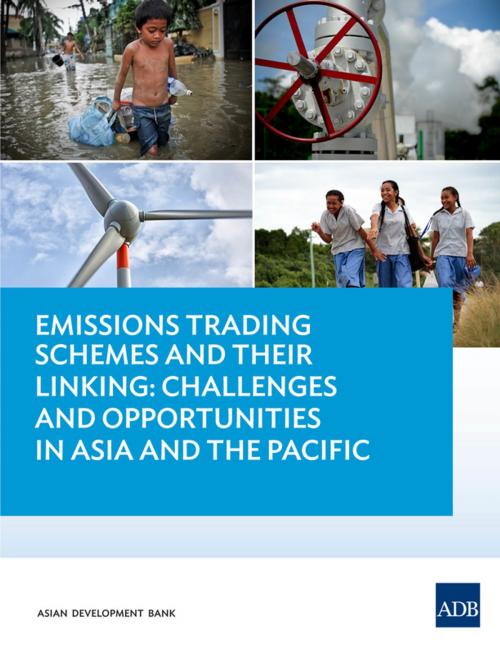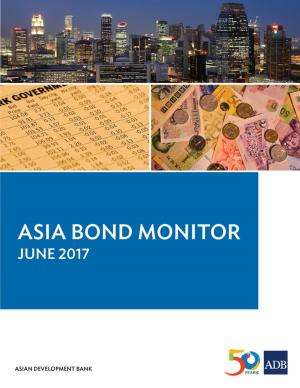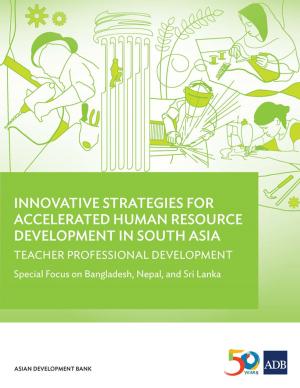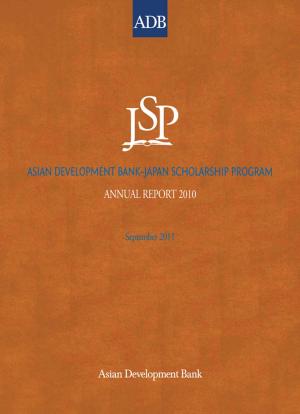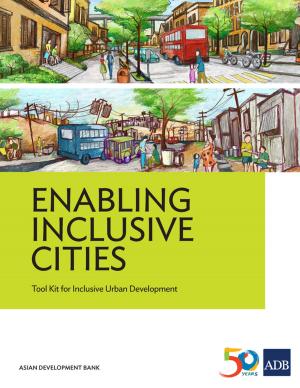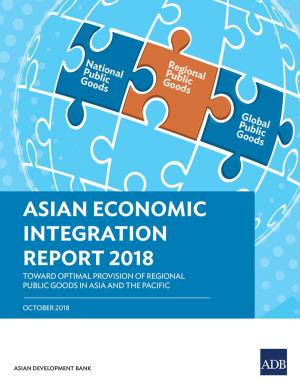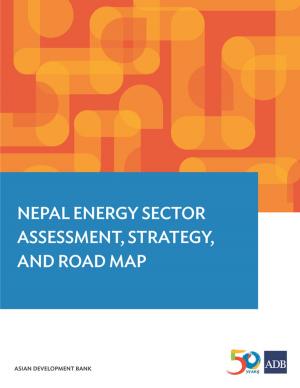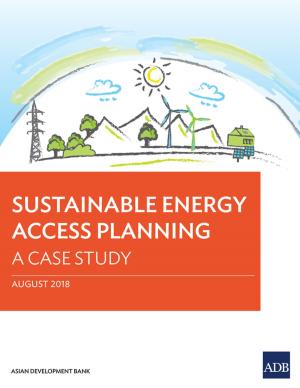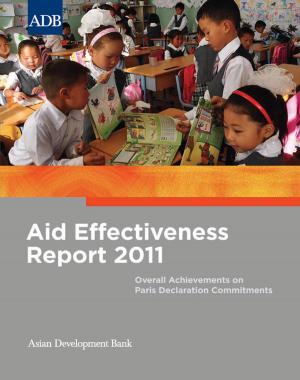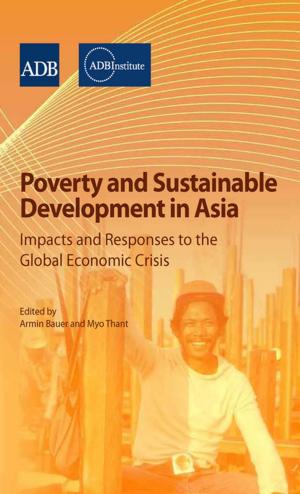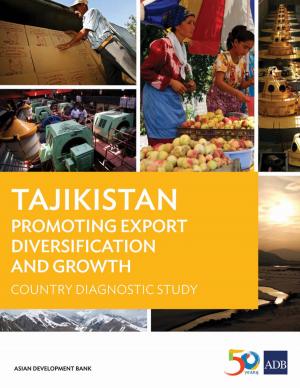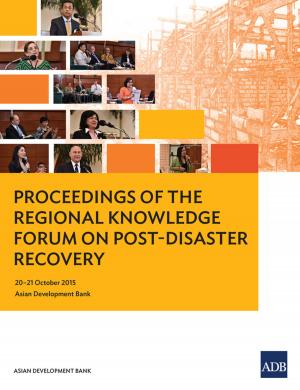Emissions Trading Schemes and Their Linking
Challenges and Opportunities in Asia and the Pacific
Nonfiction, Science & Nature, Technology, Engineering, Environmental, Science, Earth Sciences| Author: | Asian Development Bank | ISBN: | 9789292573737 |
| Publisher: | Asian Development Bank | Publication: | April 1, 2016 |
| Imprint: | Asian Development Bank | Language: | English |
| Author: | Asian Development Bank |
| ISBN: | 9789292573737 |
| Publisher: | Asian Development Bank |
| Publication: | April 1, 2016 |
| Imprint: | Asian Development Bank |
| Language: | English |
Asia and the Pacific has achieved rapid economic expansion in the recent years and has become a major source of greenhouse gas (GHG) emissions. With more than half of the world’s population and high rates of economic growth, the region is especially vulnerable to the effects of climate change and therefore must play its part in cutting GHG emissions. The Paris Agreement adopted last December 2015 at the United Nations Framework Convention on Climate Change COP21 aims to restrict global warming to well below 2°C above preindustrial levels and to pursue efforts to reach 1.5°C---which is especially relevant to Asia and the Pacific region given its vulnerability. This knowledge product highlights how robust policies on emissions trading systems (ETS) can be important tools in reducing GHG emissions in a cost-effective manner, as well as supporting the mobilization of finance together with deployment of innovative technologies. There are currently 17 ETSs in place in four continents and account for nearly 40% of global gross domestic product. In Asia and the Pacific region, there are 11 systems operating, with more being planned. The growing wealth of experience on ETSs can be valuable to support DMCs that are planning and designing new systems of their own. This knowledge product summarizes some of the most significant learning experiences to date and discusses some of the solutions to alleviate challenges that have been faced. It also examines the possibilities for future linked carbon markets in the region.
Asia and the Pacific has achieved rapid economic expansion in the recent years and has become a major source of greenhouse gas (GHG) emissions. With more than half of the world’s population and high rates of economic growth, the region is especially vulnerable to the effects of climate change and therefore must play its part in cutting GHG emissions. The Paris Agreement adopted last December 2015 at the United Nations Framework Convention on Climate Change COP21 aims to restrict global warming to well below 2°C above preindustrial levels and to pursue efforts to reach 1.5°C---which is especially relevant to Asia and the Pacific region given its vulnerability. This knowledge product highlights how robust policies on emissions trading systems (ETS) can be important tools in reducing GHG emissions in a cost-effective manner, as well as supporting the mobilization of finance together with deployment of innovative technologies. There are currently 17 ETSs in place in four continents and account for nearly 40% of global gross domestic product. In Asia and the Pacific region, there are 11 systems operating, with more being planned. The growing wealth of experience on ETSs can be valuable to support DMCs that are planning and designing new systems of their own. This knowledge product summarizes some of the most significant learning experiences to date and discusses some of the solutions to alleviate challenges that have been faced. It also examines the possibilities for future linked carbon markets in the region.
